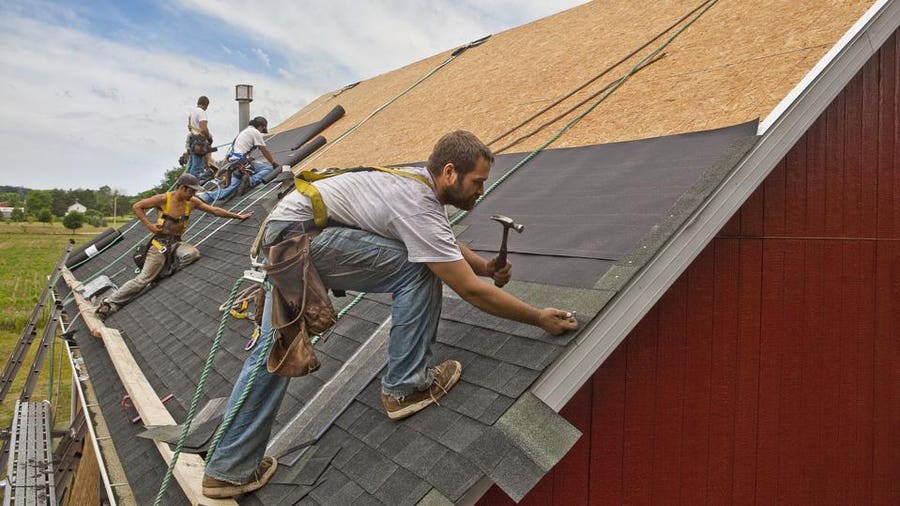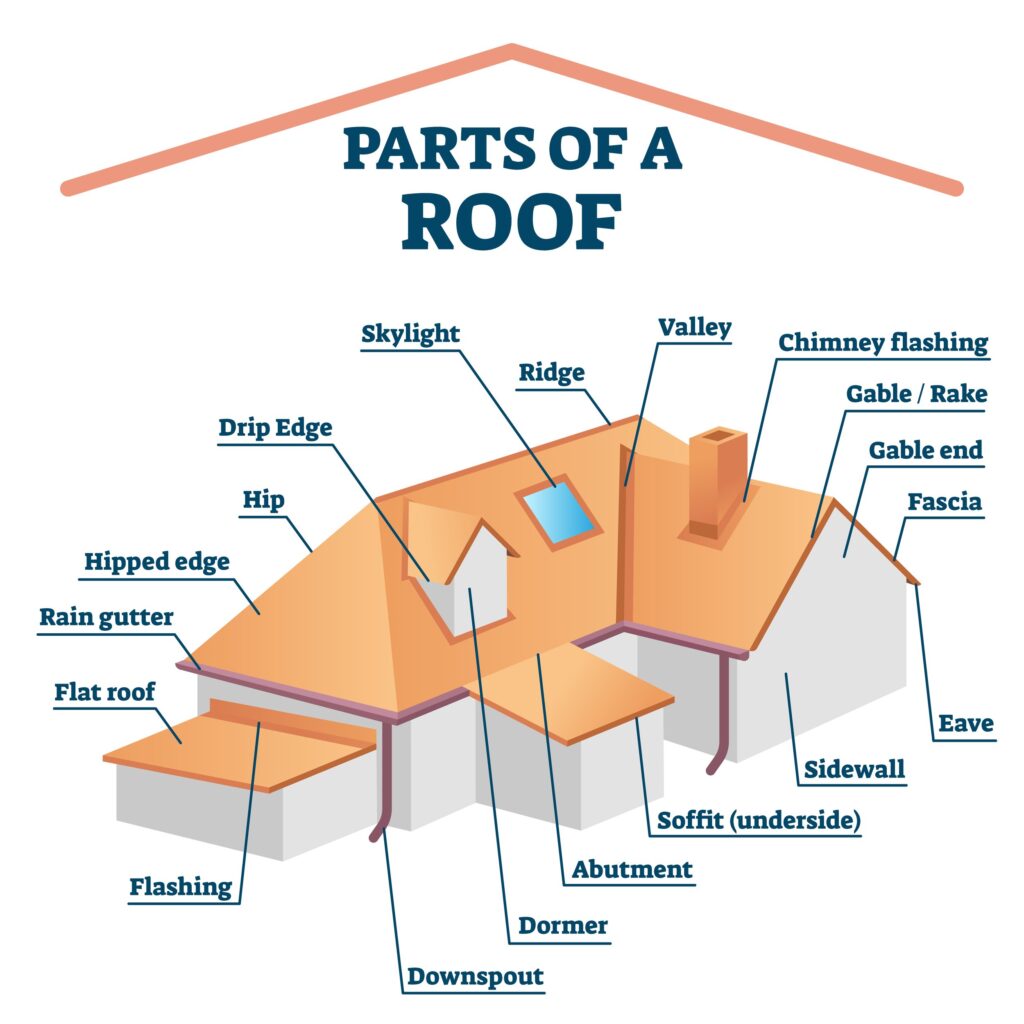Are you considering replacing your roof? If so, you might be wondering about the potential costs involved. In the US, the price of roof replacement can vary depending on various factors. From the size and type of your roof to the location and materials used, there are plenty of considerations to weigh. In this article, we will explore the average costs associated with replacing a roof in the US, giving you insight into what you can expect when it comes to budgeting for this essential home improvement project.
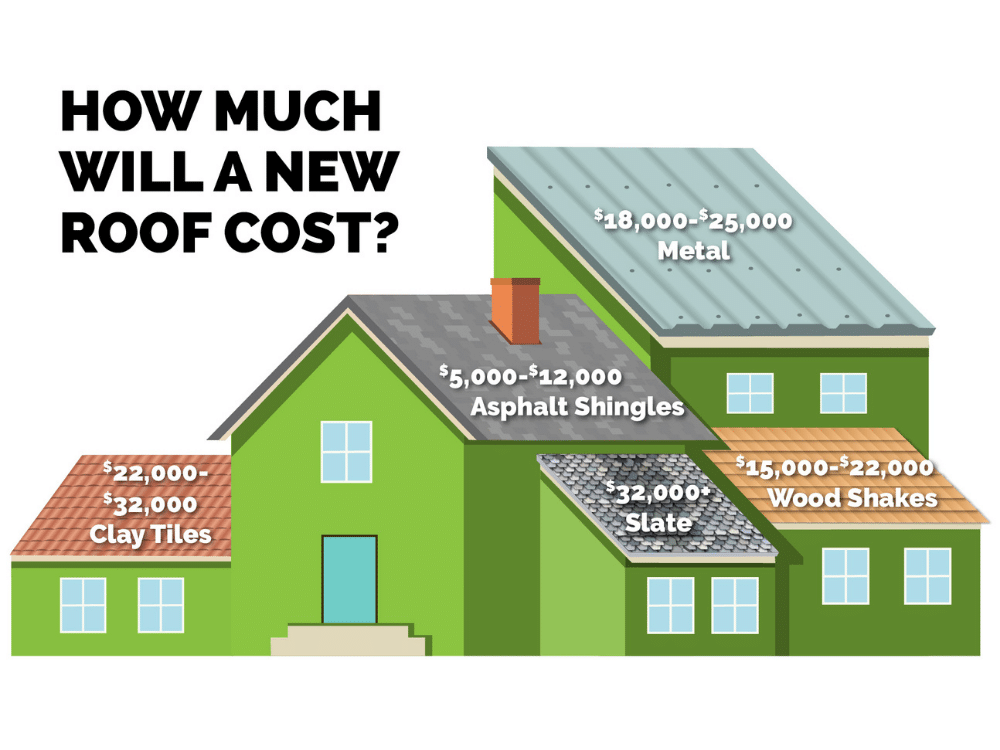

Factors Affecting Roof Replacement Cost
When it comes to replacing your roof, there are several factors that can influence the cost of the project. Understanding these factors can help you budget and plan accordingly, ensuring that you are prepared for the financial implications of a roof replacement.
Roof Size
One of the primary factors that determine the cost of a roof replacement is its size. The larger the roof, the more materials will be needed, which will subsequently drive up the cost. It’s important to accurately measure the square footage of your roof to get an estimate of the size and determine the materials required.
Roof Pitch
Another factor that affects the cost of roof replacement is the pitch or slope of the roof. A higher roof pitch typically requires more specialized equipment and additional safety measures, which can increase the labor costs. Steeper roofs are generally more challenging to work on and may require extra precautions.
Roofing Material
The roofing material you choose will also impact the replacement cost. There are various options available, each with its own price range. Asphalt shingles are the most common and affordable option, while metal roofing tends to be more expensive. Wood shingles, slate roofing, and tile roofing are also available but are generally pricier than asphalt shingles.
Labor Costs
Labor costs are a significant factor in the overall cost of roof replacement. The complexity of the job, the number of workers required, and the time it takes to complete the project will all influence the labor costs. Hiring a reputable and experienced roofing contractor is crucial in ensuring that the job is done efficiently and effectively.
Location
The location of your property can also affect the cost of replacing your roof. Labor rates and material costs can vary from one region to another, so it’s important to consider the specific location when estimating the overall cost. Factors such as local building codes, permit fees, and accessibility can also impact the final cost.
Average Cost of Roof Replacement
The average cost of roof replacement can vary depending on the type of property. Here’s a breakdown of the typical costs for different types of buildings:
Single-Family Homes
For a single-family home, the average cost of roof replacement in the US ranges between $5,000 and $10,000. However, this is just an estimate, and the final cost will depend on the factors mentioned earlier.
Multi-Family Homes
Replacing the roof of a multi-family home, such as a duplex or an apartment building, can be more expensive due to the larger size. The cost can range from $10,000 to $30,000 or more, depending on the complexity of the project and the roofing materials chosen.
Commercial Buildings
Replacing the roof of a commercial building is typically the most expensive. Costs can vary significantly depending on the size of the building, the type of roofing material, and the complexity of the project. On average, commercial roof replacements can range from $10,000 to $100,000 or more.
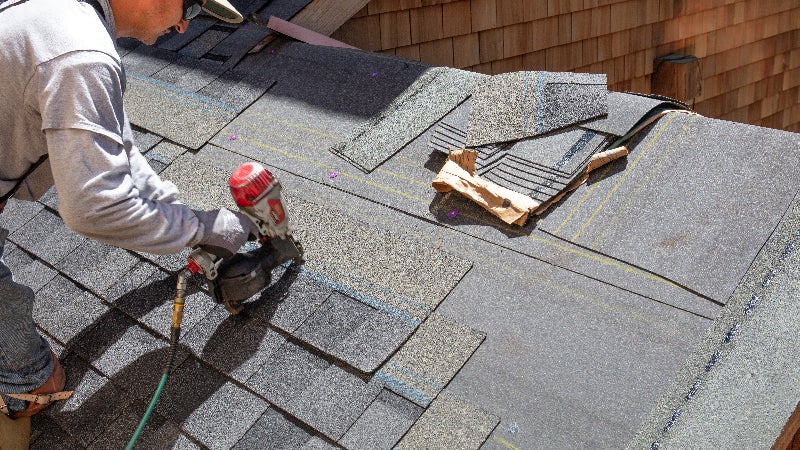

Roofing Material Costs
The choice of roofing material is a significant factor in the cost of roof replacement. Here are some common roofing materials and their respective costs:
Asphalt Shingles
Asphalt shingles are the most popular roofing material in the US due to their affordability and durability. The cost of asphalt shingles can range from $2 to $5 per square foot, making them a cost-effective choice for many homeowners.
Metal Roofing
Metal roofing is known for its longevity and durability. While it is a more expensive option, with costs ranging from $5 to $12 per square foot, it offers several advantages, including energy efficiency and resistance to fire and extreme weather conditions.
Wood Shingles
Wood shingles are a traditional and aesthetically pleasing choice, but they tend to have a higher cost. The price of wood shingles can range from $7 to $12 per square foot, making them one of the pricier options in the market.
Slate Roofing
Slate roofing is a premium option that provides a timeless and elegant look to any property. However, it comes with a high price tag. The cost of slate roofing can range from $15 to $30 per square foot, making it one of the most expensive roofing materials available.
Tile Roofing
Tile roofing is a popular choice for homeowners who want a durable and aesthetically appealing roof. The cost of tile roofing can vary depending on the type of tile, with prices ranging from $10 to $20 per square foot.
Roof Size and Cost
The size of your roof is directly proportional to the cost of replacement. Here’s how the size of the roof can affect the overall cost:
Small Roof
Small roofs, typically found on detached garages or smaller homes, require fewer materials and less labor. As a result, the cost of replacing a small roof can range from $2,000 to $5,000.
Medium Roof
Medium-sized roofs are commonly found on average-sized homes. The cost of replacing a medium-sized roof can range from $5,000 to $10,000, depending on the factors previously mentioned.
Large Roof
Large roofs, such as those found on commercial buildings or larger homes, require a significant amount of materials and labor. The cost of replacing a large roof can range from $10,000 to $30,000 or more, depending on the complexity of the project.
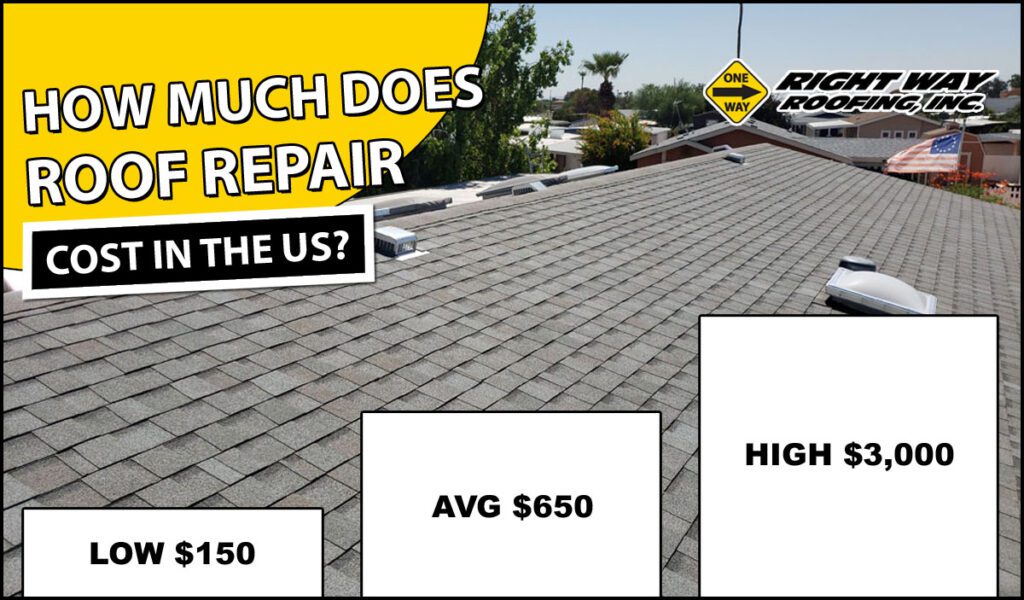

Roof Pitch and Cost
The pitch or slope of your roof is another important factor that influences the cost of roof replacement. Here’s how different roof pitches can impact the overall cost:
Low Pitch
Roofs with a low pitch are generally easier to work on, resulting in lower labor costs. The cost of replacing a roof with a low pitch can range from $5,000 to $10,000, depending on other factors.
Medium Pitch
Roofs with a medium pitch require more caution and specialized equipment, which can increase labor costs. The cost of replacing a roof with a medium pitch can range from $7,000 to $12,000 or more, depending on the specifics of the project.
Steep Pitch
Roofs with a steep pitch are the most challenging to work on, requiring additional safety measures and specialized equipment. The cost of replacing a roof with a steep pitch can range from $10,000 to $20,000 or more, depending on the complexity of the project.
Labor Costs
Labor costs form a significant portion of the overall cost of roof replacement. Here are some factors that can impact labor costs:
Roofing Contractor
Hiring a reputable and experienced roofing contractor will typically result in higher labor costs. However, the quality and professionalism of the workmanship are crucial for ensuring that the roof replacement is done correctly and will last for years to come.
Roofing Crew Size
The size of the roofing crew required for the project can vary depending on the size and complexity of the job. Larger crews may be necessary for larger projects, which can increase labor costs.
Removal of Old Roof
If your roof requires the removal of an existing layer of shingles or other materials, additional labor will be required, thereby increasing the overall cost of replacement. It’s important to factor in the costs associated with removing the old roof when budgeting for the project.
Roof Repair and Preparation
If there are any underlying issues or damage that needs to be addressed before the new roof is installed, it will require additional labor, which can add to the overall cost. Proper repair and preparation ensure that the new roof is installed on a stable and sound structure.
Cleanup and Disposal
Roof replacement generates a significant amount of debris and waste materials. The cost of labor for cleanup and disposal should be factored into the overall project cost. Proper disposal of materials is essential for environmental sustainability.


Regional Variations in Roof Replacement Cost
Roof replacement costs can vary depending on the region in which you live. Here are some regional variations to consider:
Northeast
The northeastern region of the US, which experiences harsh winters and potential storm damage, typically has higher costs for roof replacement. Factors such as increased labor rates, material availability, and local building codes can all contribute to higher costs in this region.
South
The southern region of the US generally has lower costs for roof replacement compared to other parts of the country. Factors such as lower labor rates, milder climate conditions, and the availability of certain roofing materials contribute to lower costs in this region.
Midwest
The Midwest region of the US has a mix of climates and varying costs for roof replacement. Factors such as weather conditions, labor rates, and material availability can influence the overall cost in this region.
West
The western region of the US, which includes areas prone to wildfires and earthquakes, may have higher costs for roof replacement. Factors such as specialized materials, increased labor rates, and the need for additional structural reinforcement can contribute to higher costs in this region.
Additional Factors Impacting Cost
In addition to the primary factors mentioned above, there are several other considerations that can impact the cost of a roof replacement:
Roofing Permits
Depending on your location and the specific regulations in your area, you may need to obtain permits for the roof replacement project. Permit fees can add to the overall cost of the project, so it’s important to consider this when budgeting.
Additional Repairs
If there are underlying issues or damage to the roof structure, additional repairs may be needed before the replacement can take place. The cost of these repairs should be factored into the overall project cost.
Roof Access
The accessibility of your roof can impact the overall cost of replacement. If your roof is difficult to access due to its location or the surrounding landscape, additional equipment and labor may be required, increasing the cost.
Number of Stories
The number of stories in your building can affect the cost of roof replacement. Higher buildings may require more specialized equipment and additional safety measures, which can drive up the overall cost.
Roofing Warranties
Higher-quality roofing materials often come with longer warranty periods, which can increase the upfront cost. However, investing in materials with extended warranties can provide peace of mind and potential savings in the long run.
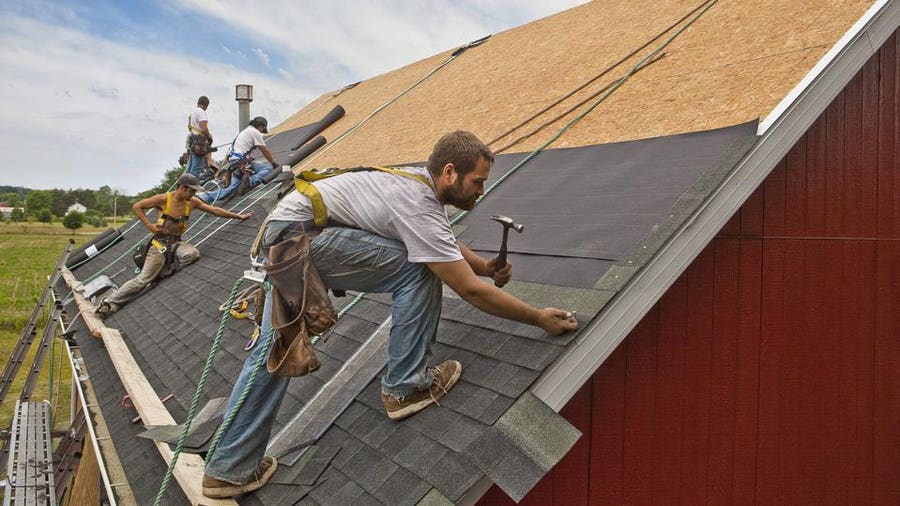

Cost Breakdown
To better understand the overall cost of a roof replacement, it’s helpful to break it down into different categories:
Materials
The cost of materials typically accounts for a significant portion of the overall project cost. Depending on the type of roofing material chosen, materials can range from 40% to 60% of the total cost.
Labor
Labor costs include the wages of the roofing crew and the roofing contractor. On average, labor costs make up approximately 30% to 40% of the total project cost.
Permits and Other Fees
Permit fees and other associated fees, such as disposal costs, should be considered when estimating the overall cost. These fees typically account for a smaller percentage of the total project cost.
Ways to Save Money on Roof Replacement
While roof replacement can be a significant investment, there are ways to save money without compromising on quality. Consider the following tips:
Obtaining Multiple Quotes
Getting multiple quotes from different roofing contractors can help you compare prices and choose the most cost-effective option. Be sure to review the credentials and references of each contractor to ensure quality workmanship.
Timing the Project Right
Scheduling your roof replacement during the off-peak season or when contractors are less busy can potentially result in lower costs. Contractors may offer discounts or promotions during slower periods to attract business.
Choosing a Mid-Range Roofing Material
Opting for a mid-range roofing material, such as asphalt shingles, can provide a balance between affordability and durability. While premium materials may offer additional benefits, they often come with a higher price tag.
Considerations for DIY
If you have the necessary skills and experience, you may consider tackling certain aspects of the roof replacement project yourself. However, it’s important to assess your capabilities and consult with professionals for guidance to ensure the job is done correctly.
Regular Roof Maintenance
Proper and regular roof maintenance can prolong the lifespan of your roof, reducing the need for premature replacement. Regular inspections, cleaning, and addressing minor issues promptly can help save money in the long run.
In conclusion, the cost of roof replacement can vary depending on several factors, including the size of the roof, the pitch, the chosen materials, labor costs, and location. Understanding these factors and considering ways to save money can help you budget effectively for a roof replacement project. By investing in high-quality materials and hiring reputable professionals, you can ensure a durable and long-lasting roof that provides protection and peace of mind for years to come.

